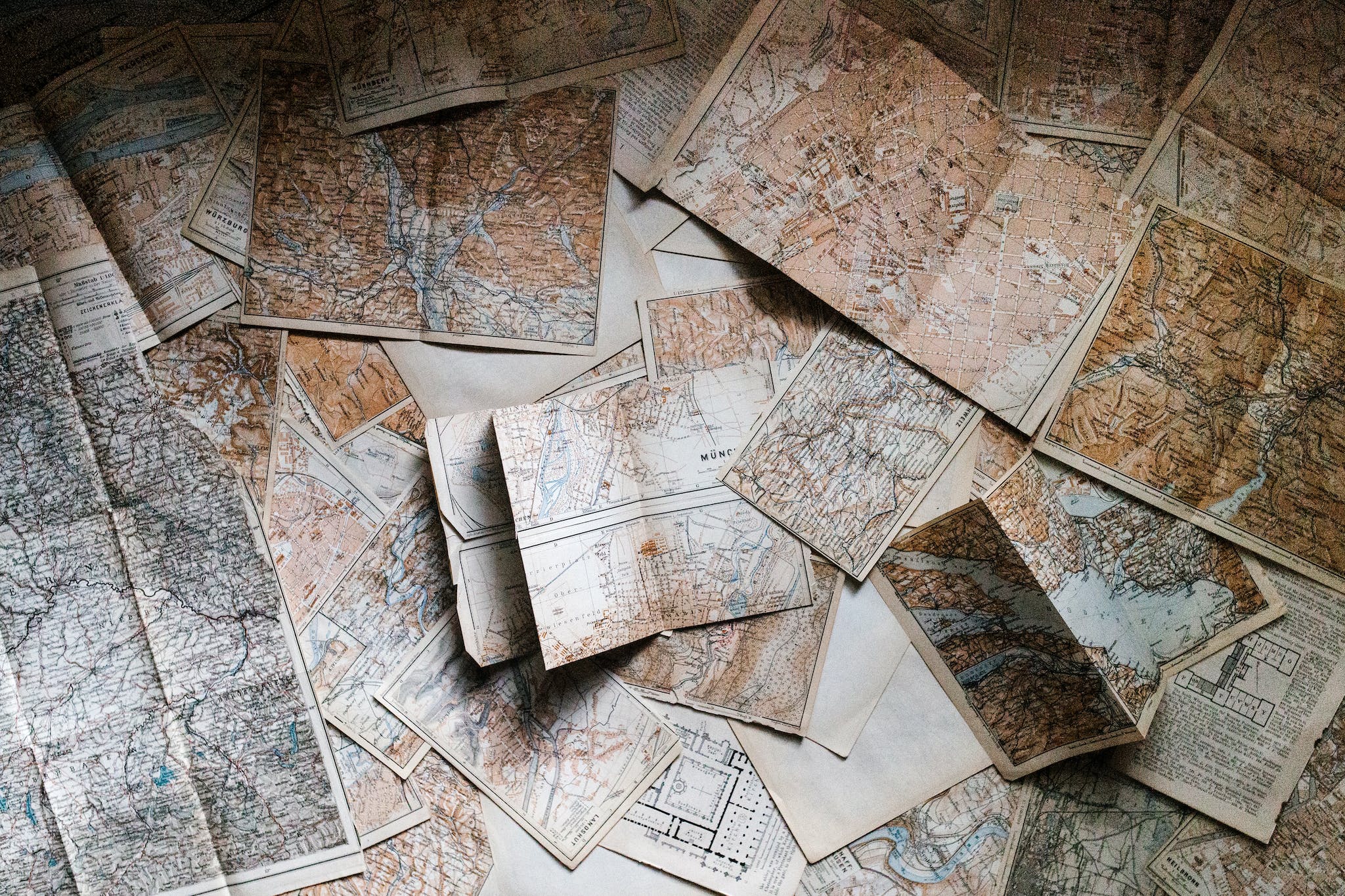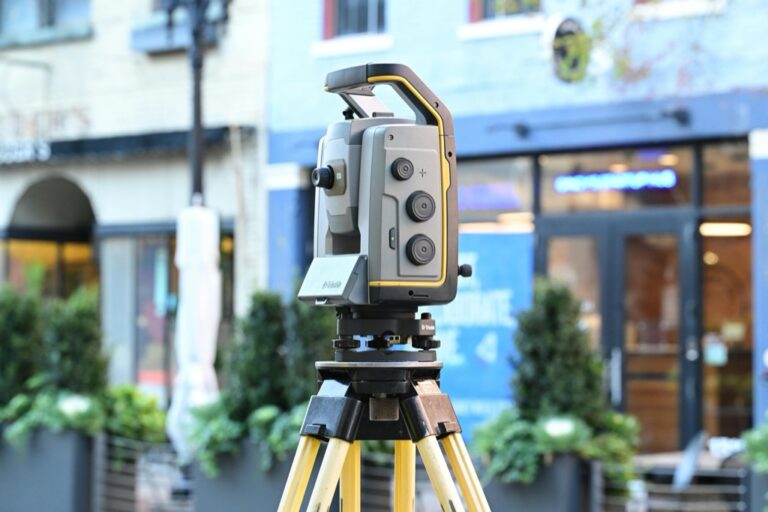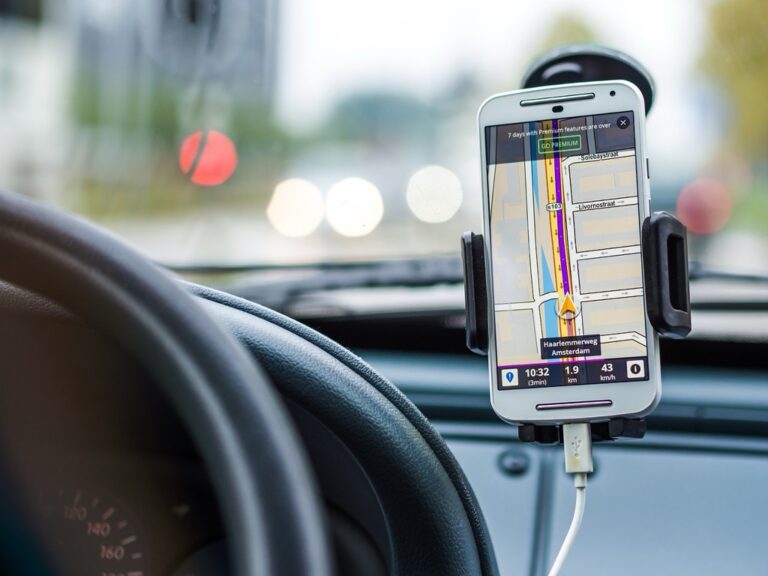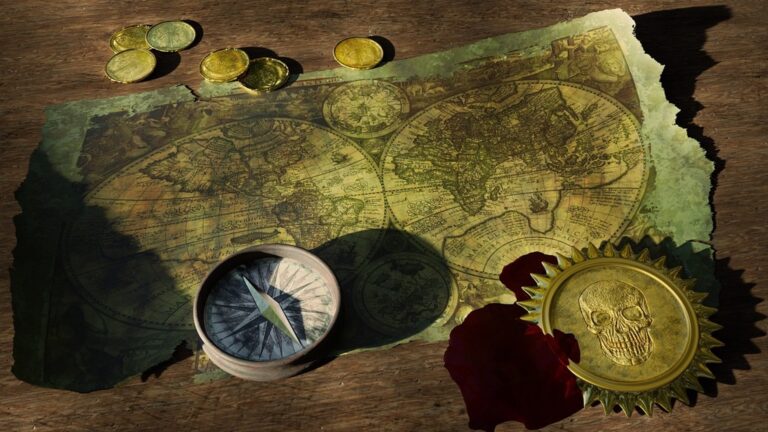5 Key Steps to Dating an Antique Map Accurately
Antique maps are like time machines on paper, giving us a glimpse into the past worlds of exploration and cartography. However, accurately dating these maps requires a blend of art, science, and a dash of detective work.
Antique maps are not just navigational tools but works of art and history. They tell stories of how our ancestors saw and interpreted the world. Dating these maps can be thrilling, like uncovering a hidden treasure where each detail adds to the richness of its story. Whether you’re a collector, historian, or simply a curious mind, understanding the age and origin of an antique map can immensely enhance its value and significance.
Disclosure: As an Amazon Associate, this site earns from qualifying purchases. Thank you!
Step 1: Analyze the Paper Type
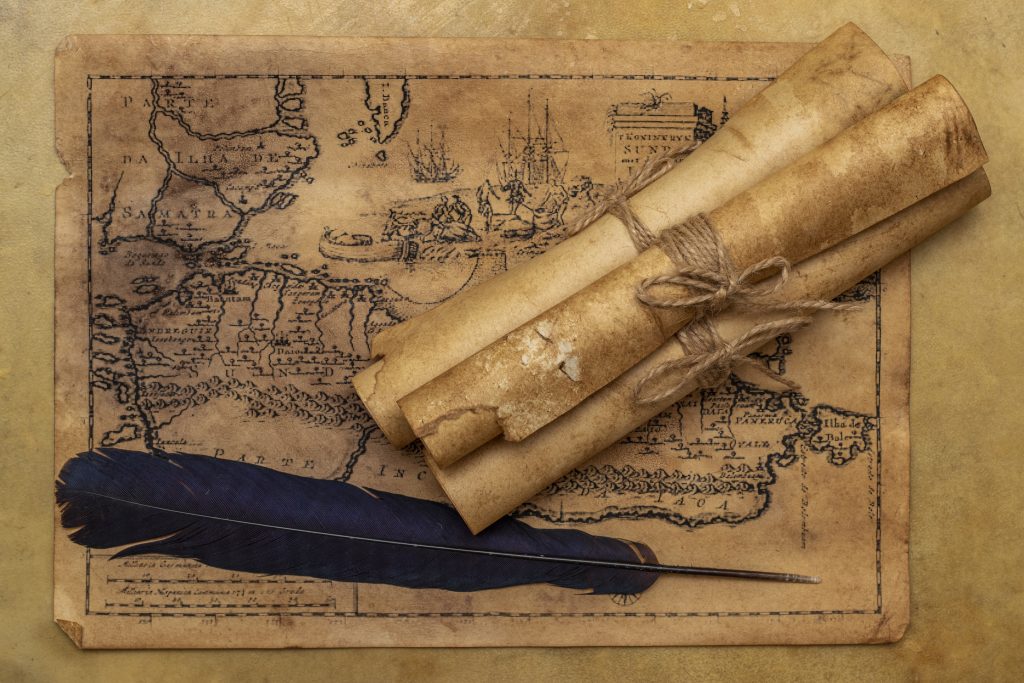
The paper speaks volumes (no pun intended). Antique maps were often printed on handmade paper before the 19th century, which may have irregularities and a distinct texture. Hold the paper up to the light; if you see chain lines and a watermark, you’re likely dealing with an older map. Remember, though, that paper can be deceiving—reproductions can be printed on old paper, so this is just the beginning of our cartographic quest.
Step 2: Inspect the Printing Method
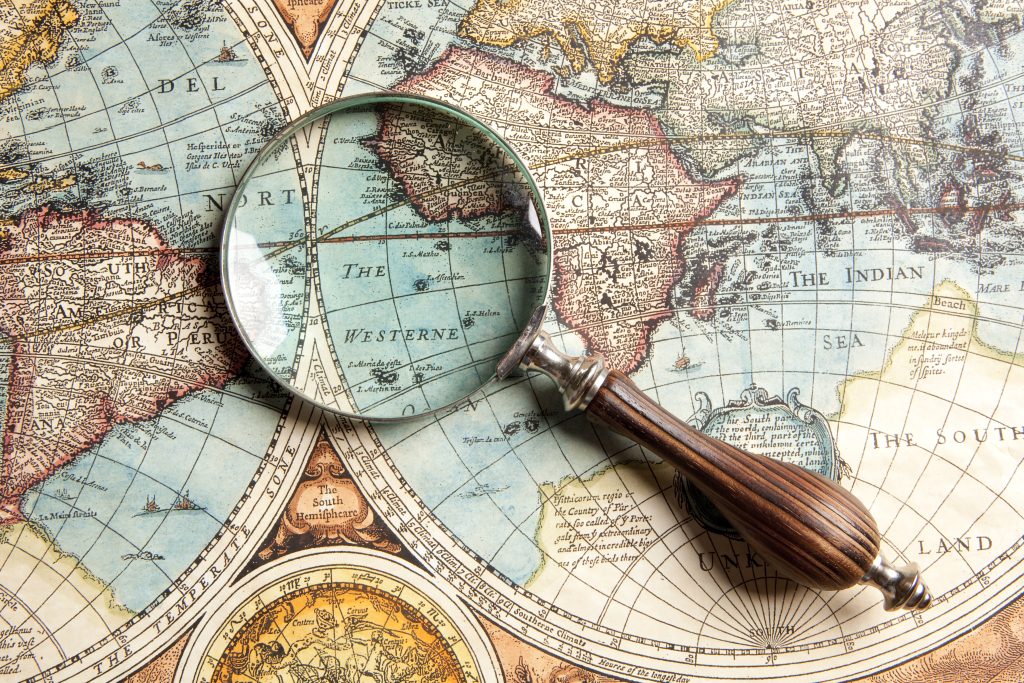 Magnifying glass and ancient old map” class=”wp-image-194″/>
Magnifying glass and ancient old map” class=”wp-image-194″/>This 30X magnifying glass helps users with low vision easily read small text. Featuring a large 3.15" lens and 18 LEDs with adjustable cool, warm, and mixed light modes, it reduces eye strain and improves reading in any lighting.
Printing methods can be as telling as a signature at a crime scene. Copperplate engravings were common before the 19th century, and you can feel the indentations if you run your fingers over the map. Later maps might be lithographs, which are smoother to the touch. The color application, if any, can also provide clues—hand coloring suggests an older map, while color printing indicates a more modern method.
Step 3: Identify Cartographic Features
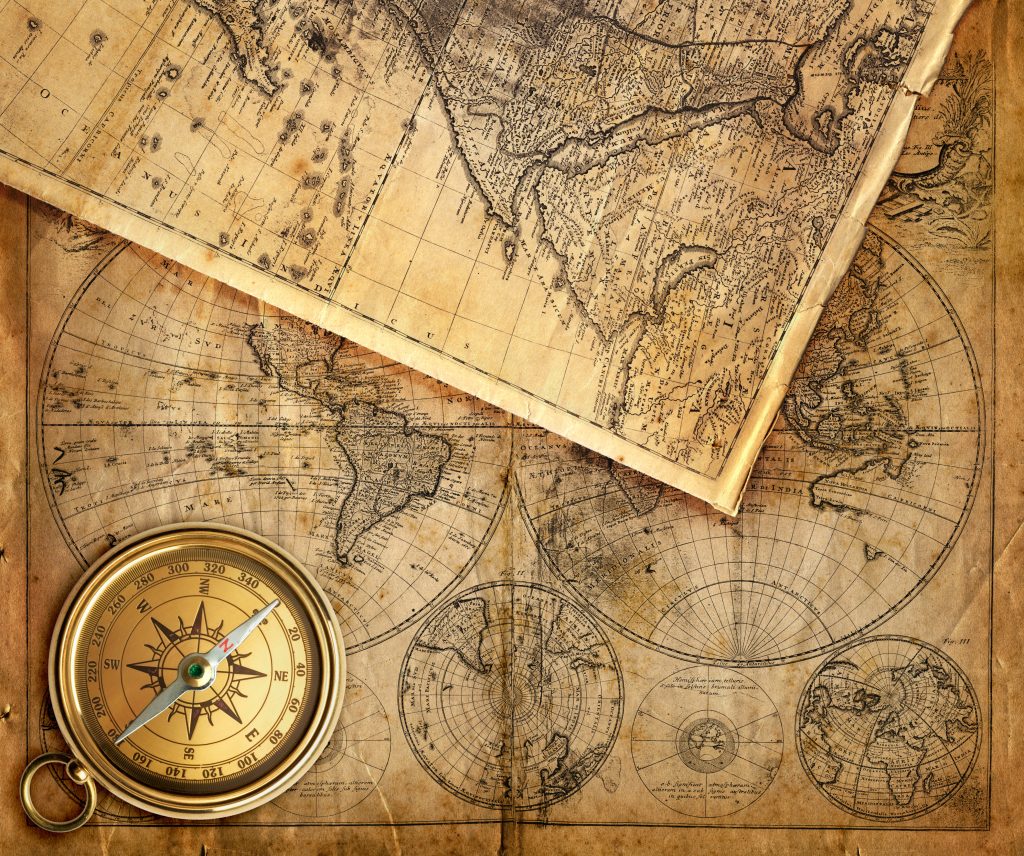
Cartographic features are like the fashion trends of the map world. The style of the cartouches, the font used, and even the depiction of mythical creatures can hint at a time. Look for geographical inaccuracies, such as California as an island or Terra Australis—these quirks can narrow down the date range considerably. It’s like playing Where’s Waldo with historical anomalies.
Step 4: Research Cartographers and Dates
Don’t overlook the mapmaker’s signature. Researching the cartographer can lead to a breakthrough in dating your map. Many cartographers only produced maps during specific periods, so identifying them can give you a ballpark date. Also, look for any dates printed on the map itself, but take them with a grain of salt—maps were often copied and reissued without updating the date.
In the video, BITSS explains.
BITSS
- Topic of Discussion: The presentation focuses on “Research Cartography” and aims to address the challenge of understanding the effectiveness of nudges in the field of Behavioral Science.
- Speaker Introduction: The speaker, Linea Gandhi, is introduced as a lecturer and PhD candidate at Wharton. She has a background in applied psychology and experimentation, with experience in teaching and consulting.
- Introduction to Nudges: The concept of nudges from Behavioral Science is introduced, defined as any aspect of choice architecture that alters people’s behavior predictably. The context used is the choice of lunch options and how organizers could nudge participants towards healthier choices.
- Challenges in Nudge Studies: The speaker discusses the challenges faced by practitioners in applying nudges. The main issue is the lack of a clear understanding of which nudges work best, leading to a reliance on experimentation in various contexts.
- Problem of Replicability: The presentation mentions the historical concern of replicability in studies, where repeating experiments did not yield consistent results, raising questions about the reliability of the literature.
- Shift to Generalizability: More recently, the focus has shifted from replicability to generalizability, emphasizing that effects may not extend to different populations, settings, or contexts.
- The Role of Commensurability: The speaker introduces the concept of commensurability, highlighting the importance of comparable effects across the evidence space. The lack of commensurability makes it challenging to compare studies and hinders generalization.
- Proposal: Research Cartography: A solution proposed is “research cartography,” a methodology to build a map of the knowledge space in Behavioral Science. It involves defining the knowledge space, establishing coordinates (dimensions/language), and populating the space with data from experiments.
- Language and Coding Issues: An example is provided regarding the lack of commensurability in coding topics of nudge experiments. Different studies use varying language to describe the same concept, creating challenges in synthesis and comparison.
- Call for a Shared Language: The presentation concludes with a call for a shared language in Behavioral Science, emphasizing the need for standardization in articulating concepts, domains, and variables to enable better comparison and understanding of the effectiveness of nudges.
Step 5: Consult Historical Context
Context is king. Analyze political boundaries, battles, and territorial claims depicted on the map. If you see Prussia, you’re looking at a map from before 1947. Check for historical events like the Louisiana Purchase or the independence of a country. These events can provide a timeframe for when the map was created.
Understanding Map Watermarks
Watermarks are the secret handshakes of the paper world. They can be incredibly useful in dating a map, often indicating the papermaker and, by extension, the period in which the paper was produced. Some watermarks are well-documented, allowing for precise dating, while others may require more sleuthing (cue the dramatic detective music).
The Role of Geographical Knowledge
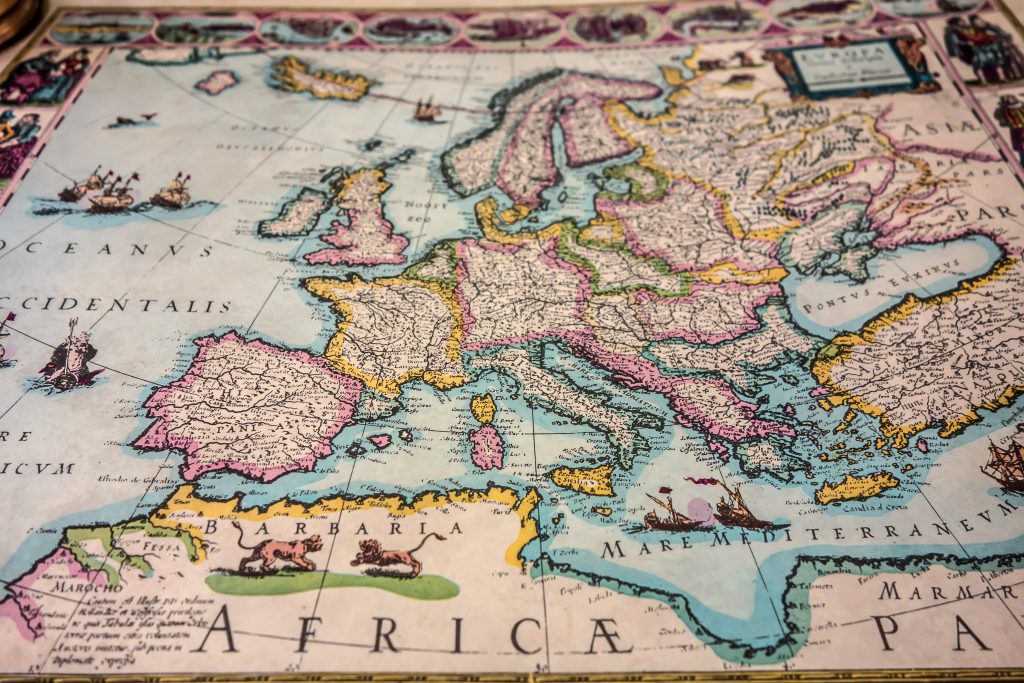
Your geographical knowledge can be your best ally. Familiarity with historical geography helps you spot anachronisms on the map. If you see Byzantium instead of Istanbul, you’re pre-1930. It’s like knowing that a picture with a horse-drawn carriage in the background wasn’t taken at last year’s parade.
Cross-Referencing with Other Maps
Cross-referencing is the buddy system of map dating. Compare your map with other dated maps with known provenance. Look for similarities in style, geographical features, and labels. It’s a bit like dating—finding the right match can confirm your suspicions or send you back to the drawing board.
Conclusion: Confirming Your Findings
Dating an antique map is a meticulous dance of analysis and intuition. Once you’ve gone through these steps, take a moment to review your findings. Consult with experts or join collector communities for a second opinion. Sometimes, it’s the collective wisdom that can provide the final piece of the puzzle.
With patience and attention to detail, you can become quite the cartographic detective, unraveling the secrets of antique maps. Embrace the journey, and remember, each map has a story to tell—and you have the privilege of discovering it.
